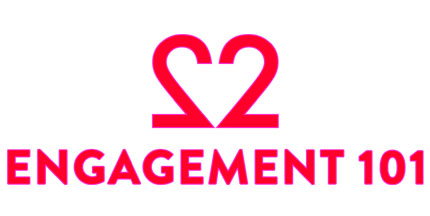 When conducting your research on diamonds, you may come across the term “conflict” or “blood” diamonds. These diamonds are ones obtained illegally by rebels and sold to finance wars, terrorism and other conflicts. In an effort to keep these diamonds off the open market, the Kimberley Process Certification System was established in 2002, wherein reputable suppliers, ring manufacturers and jewelers attest that they sell conflict-free diamonds.
When conducting your research on diamonds, you may come across the term “conflict” or “blood” diamonds. These diamonds are ones obtained illegally by rebels and sold to finance wars, terrorism and other conflicts. In an effort to keep these diamonds off the open market, the Kimberley Process Certification System was established in 2002, wherein reputable suppliers, ring manufacturers and jewelers attest that they sell conflict-free diamonds.
“There is an audited trail from the ring all the way back to the mines, with paperwork showing they are conflict-free,” Rebecca Aubert, senior gemologist for De Beer Diamond Jewellers US Inc, told Engagement 101.
Thanks to these efforts, more than 99 percent of all diamonds are from conflict-free sources.
“The industry did such a good job implementing the Kimberely Process that it’s really not an issue,” said Doug McDowell, CEO of Memoire.
However, if you want to be sure, just ask your jeweler for proof. Any reputable retailer will not hesitate to provide evidence of the diamond’s origins, which is another reason why you should always ask for a certificate or an appraisal for a diamond.
Other tips for avoiding conflict diamonds
Avoid buying from shady jewelry websites. Most likely these places are being operated from China where they make cheap replicas of pricey designer rings. These companies are more likely to use blood diamonds.
Buy diamonds from Canada. Ask your jeweler if their diamonds have been mined in Canada, or go with a Canadian jewelry company.
In addition to certificates, ask your jeweler for a written guarantee that their diamonds are conflict-free. The document will give you peace of mind about the certainty of the diamond.
































The diamond industry often claims that the Kimberley Process has solved the problem of conflict diamonds. However, it’s important to take this claim with a grain of salt. The truth is, the Kimberley Process is not all it’s cracked up to be. Because the Kimberley Process relies on a loose system of export controls, it can be easily circumvented through smuggling. Every year, millions of dollars worth of diamonds are smuggled out of the Ivory Coast, a country in the midst of a protracted civil conflict. Additionally, the Kimberley Process fails to regulate conditions in cutting and polishing centers, where diamonds go after they are mined.
But the main deficiency in the Kimberley Process is its failure to assure that diamonds are mined according to even the most minimal ethical standards. Only by defining objectives that are extremely narrow—that is, by setting the bar abysmally low—can the Kimberley Process claim to have achieved success. Under the Kimberley Process, “conflict diamonds” are “rough diamonds used by rebel movements or their allies to finance conflict aimed at undermining legitimate governments.” Thus, a diamond is “conflict free” under the Kimberley Process so long as it has not been used to finance the rebel side of a civil conflict.
There are at least two major problems with this definition. First, it mentions nothing about human rights, environmental issues, or working conditions at diamond mines. Second, it does not take into account how diamonds often incentivize violence by governments, not just rebel groups. The present situation in Zimbabwe exposes and illustrates both these deficiencies. In 2008, the Zimbabwean military moved into the Chiadzwa diamond fields in eastern Zimbabwe and began violence—killings, torture, rape, and forced labor of adults and children—to extract the diamond wealth and subdue the population. Unfortunately, this situation did not clearly fall within the scope of the Kimberley Process. Why? Because it involved human rights violations outside of a civil conflict and because the perpetrator was a government, not a rebel group. Taking advantage of this ambiguity in its own mission and bowing to political pressures, the Kimberley Process chose last fall to continue certifying Zimbabwean diamonds as “conflict free.”
In sum, if you hear claims that the Kimberley Process has almost completely solved the problem of conflict diamonds, think again. A diamond could be certified as Kimberley Process compliant but still have been smuggled into a member country from a place like the Ivory Coast, then re-exported. It could technically be “conflict free” under the Kimberley Process but still have been mined at gunpoint or by children forced to work rather than attend school. Or, that diamond may have been mined in a way that is legal, but not particularly ethical. Ian Smillie, one of the architects of the Kimberley Process, summed up the Kimberley Process’s failures quite well when he resigned from the organization in May 2009: “The KP [Kimberly Process] has been confronted by many challenges in the past five years, and it has failed to deal quickly or effectively with most of them.” – GK